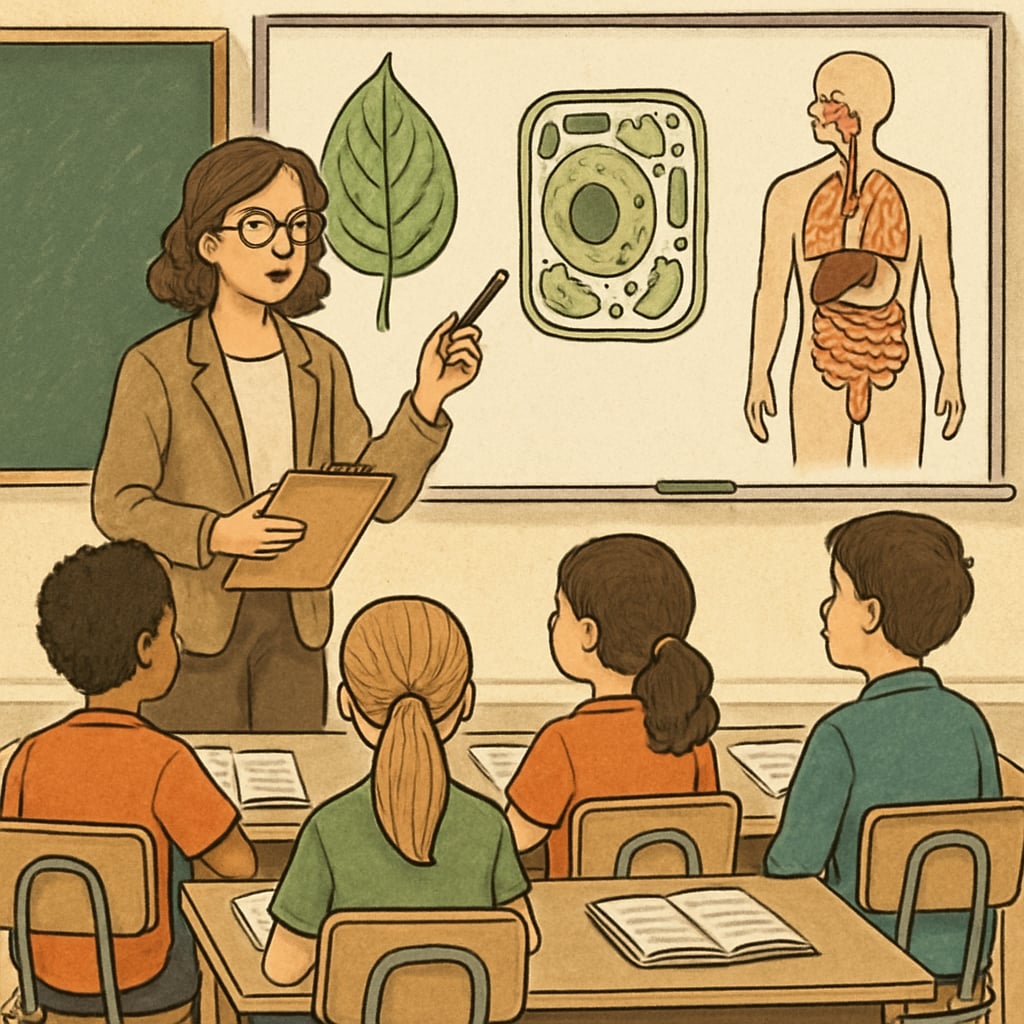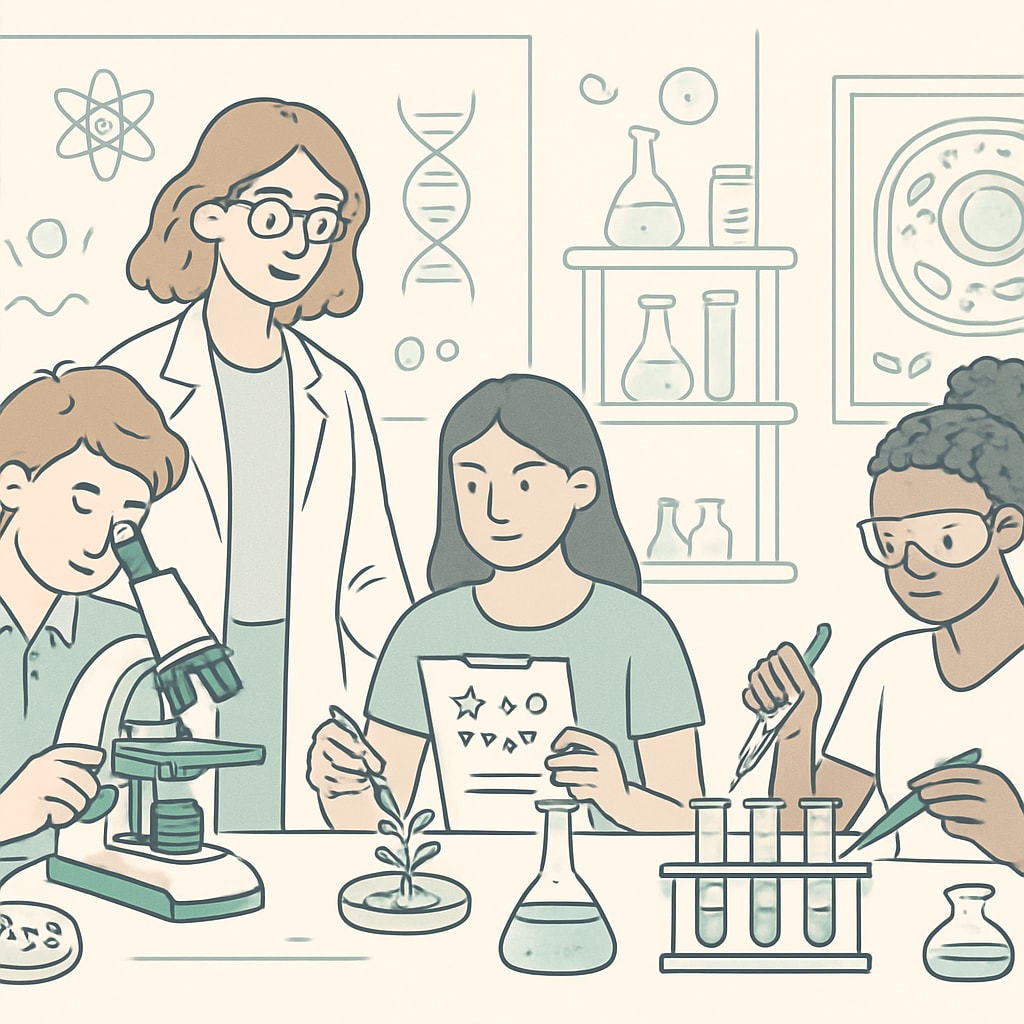Transitioning from a biology major to a master’s in education is an increasingly popular path for individuals seeking to merge their scientific expertise with impactful teaching careers. This interdisciplinary shift not only enriches the educational landscape but also opens doors to unique opportunities in K-12 education. By combining a biology background with advanced training in pedagogy, aspiring educators can offer students a distinctive perspective on science while addressing the growing demand for STEM (science, technology, engineering, and mathematics) literacy.

Why Transition from Biology to Education?
Making the leap from a biology degree to a master’s in education offers numerous benefits, both professionally and personally. Here are some compelling reasons to consider this academic transition:
- Enhanced STEM Teaching: A biology background equips educators with deep scientific knowledge, enabling them to teach STEM subjects with authority and enthusiasm.
- Filling Critical Gaps: The growing emphasis on STEM education has created a demand for skilled science teachers, especially in secondary schools.
- Career Versatility: Education degrees provide flexibility, allowing graduates to explore roles such as curriculum development, instructional design, and educational consulting.
Furthermore, this shift can be personally rewarding, as educators have the opportunity to inspire young minds and contribute to the development of future scientists and innovators.
How a Biology Background Adds Value to Teaching
A biology major transitioning into education brings unique advantages to the classroom. For example:
- Real-World Applications: Biology graduates can introduce students to applied scientific concepts, making learning more engaging and relatable.
- Critical Thinking Skills: Scientific training emphasizes analysis and problem-solving, which can be incorporated into lesson plans to improve students’ cognitive abilities.
- Interdisciplinary Connections: Educators with a biology background can link science to other subjects, such as environmental studies or health education, fostering a holistic understanding.
As a result, biology-trained educators can address educational challenges with innovative approaches, ensuring that students not only learn but thrive in STEM disciplines.

Practical Strategies for a Successful Transition
While the decision to pursue a master’s in education after a biology major is promising, it requires careful planning. Here are some actionable strategies to facilitate this academic shift:
- Research Education Programs: Look for master’s programs that emphasize STEM education or offer specialized tracks for science graduates.
- Gain Teaching Experience: Volunteer or work as a teaching assistant to develop classroom skills and build confidence.
- Leverage Transferable Skills: Highlight research, communication, and analytical skills acquired during your biology studies in your applications and interviews.
- Network with Educators: Connect with professionals in the field to gain insights and mentorship.
In addition, it’s important to develop a clear vision of how you intend to integrate your biology expertise into your teaching philosophy, showcasing your ability to provide students with a well-rounded education.
Conclusion: The Future of Interdisciplinary Educators
The transition from biology major to master’s in education is not only feasible but also highly beneficial for both educators and students. By combining scientific knowledge with pedagogical expertise, biology graduates can make a lasting impact on K-12 education, fostering a new generation of critical thinkers and problem-solvers. With the right strategies and mindset, this interdisciplinary journey can lead to a fulfilling and impactful career in education.
For more information on STEM education and interdisciplinary teaching approaches, visit STEM education on Wikipedia or explore Education on Britannica.
Readability guidance: Use short paragraphs and lists to summarize key points. Incorporate transition words to improve flow and clarity. Maintain an active voice throughout the article while balancing technical and accessible language.


